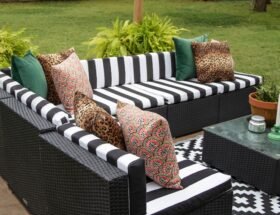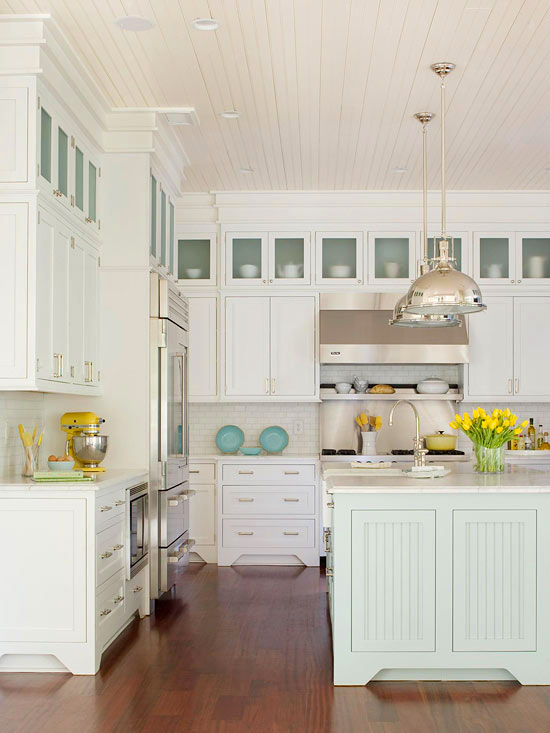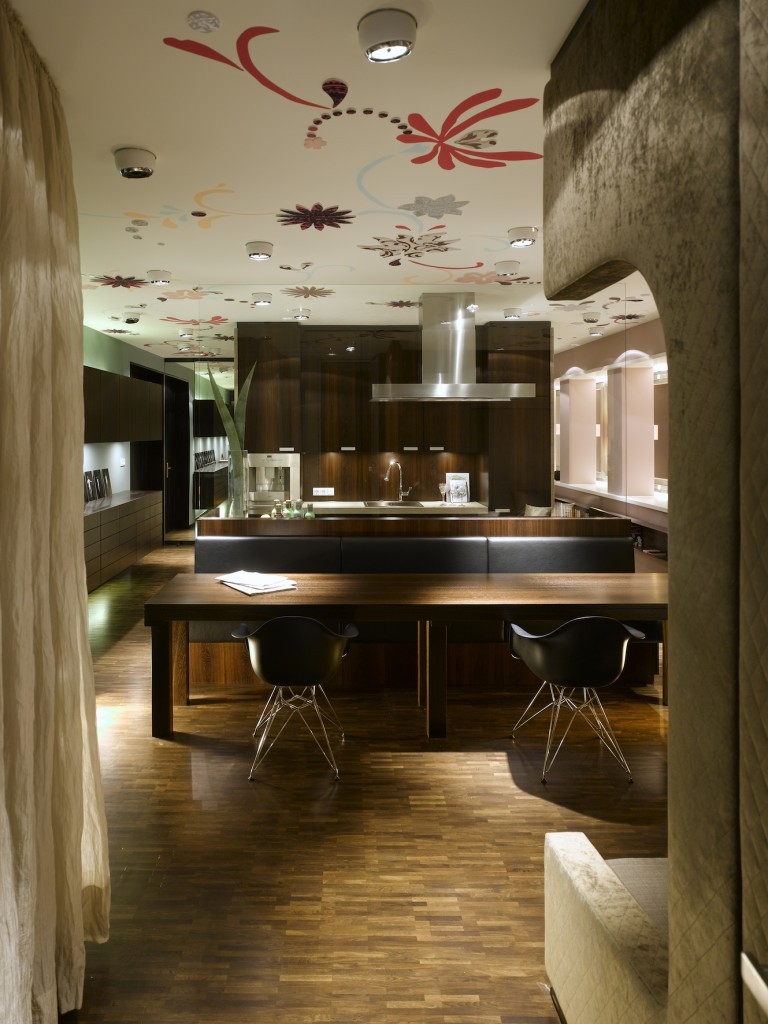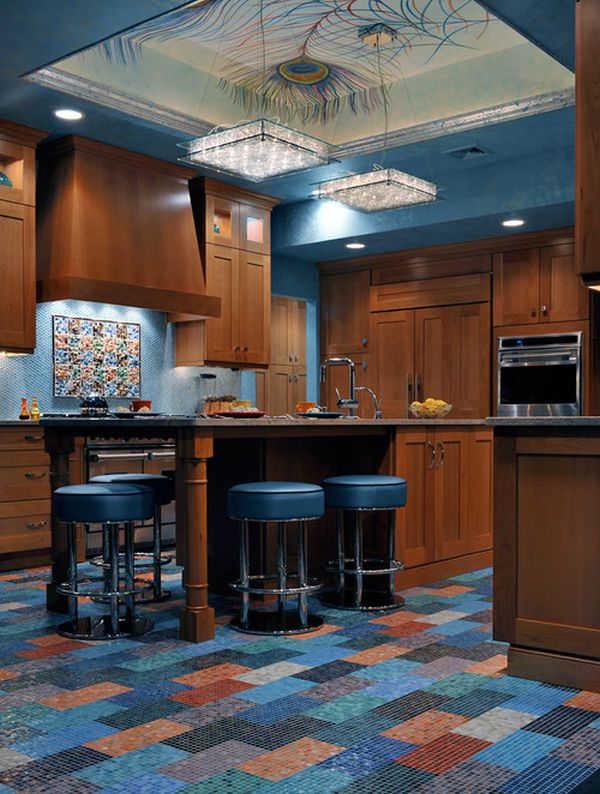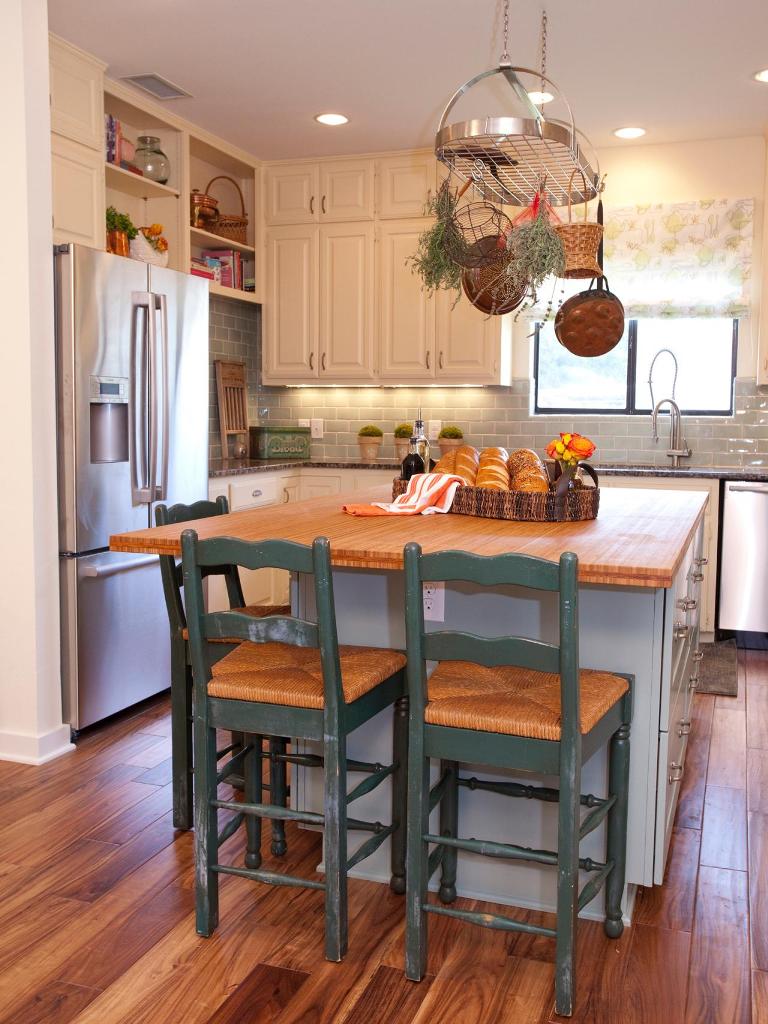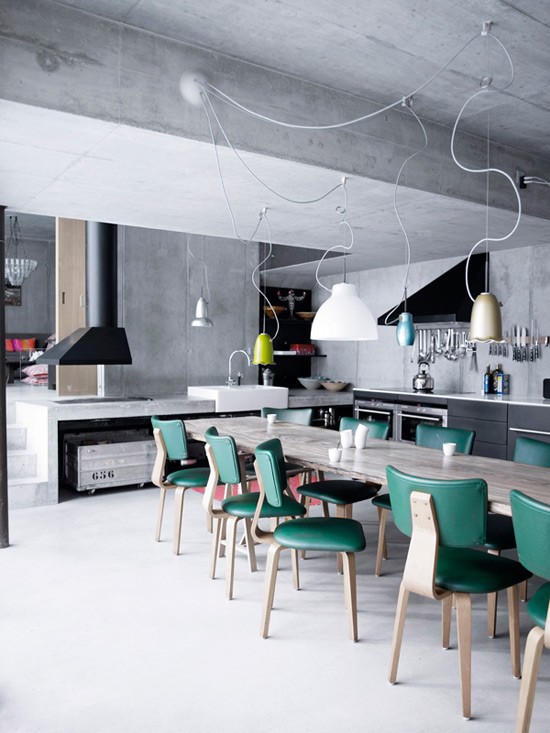These charming little plants do not need full sun to survive.
Not all types of succulents require full sun to survive. Some plants in this category do well in the shade, as long as they have access to good light for photosynthesis. Discover the best species of succulents to grow in the shade.
Some areas of the house, or even the apartment, do not receive direct sunlight. Even with these conditions, some plants develop and do not need so much maintenance. And to make the plants even more beautiful, you can use cement vases, clay pots or cute colourful pots.
Before presenting the succulents list, you need to understand the concept of lighting. There are species in full sun (which need at least 4 hours of sun per day), those in half shade (which survive with filtered light) and those in shadow (which develop with very little light).
3 – Magnificent Haworthia

Another item that cannot be missing from your succulents collection is the Haworthia Magnifica. It has the same characteristics as the turgid Haworthia, except that its leaves are smaller.
4 – Haworthiopsis Angustifolia

With stiff leaves and a darker green tone, Haworthiopsis Angustifolia oozes gracefulness. You can put this plant in a colourful pot and get incredible contrast.
5 – Haworthiopsis Limifolia

The main characteristic of the plant is its rigid spiral leaves. There is a variation of this same species that is very popular in Brazilian homes, it is called “Twister”.
6 – Haworthia Cooperi Truncata

This little plant, with a slightly different appearance, is originally from South Africa. Its leaves are translucent, therefore, popularly known as “glass leaves”.
7 – Haworthiopsis Koelmaniorum

Also native to South Africa, this succulent has rosette-shaped leaves, a shade of dark brownish-green.
8 – Haworthia Limifolia

Haworthia Limifolia is very resistant and easy to grow. It has the possibility of flowering between spring and autumn. The flowers are white and bell-shaped.
9 – Haworthia attenuate

Also known as armadillo tail, Haworthia attenuate has sharp, stiff, striped leaves. It is a perfect choice for indoor environments with low lighting.
10 – Haworthia Truncata

Haworthia Truncata, or horse’s tooth, is known for its rectangular leaves arranged in two opposite rows. The little plant is part of your collection as an option that deviates from the traditional rosette format of other shade succulents.
11 – Crassula Ovata

Crassula Ovata, or simply jade plant, is an option to grow both in semi-shade and full sun. When placed in a shaded environment, its thick and oval leaves become greener.
12 – Delosperma Lehmannii

Delosperma Lehmannii differs from other succulent plants because it needs to be more hydrated, that is, it requires more watering to survive. Its small leaves even hang, creating an incredible effect on the decoration.
13 – Aloe Humilis

It is a small and slow-growing succulent. Its leaves form a beautiful and ornamental design.
14 – Haworthia Cymbiformis

Also called a cathedral window, this plant has “fat” leaves, arranged in the shape of a rosette. It can reach up to 8 cm in height.
15 – Echeveria Crispate Beauty

It is a hybrid of Echeveria Lilacina, popularly known as rose-stone. Its leaves are crisp, whitish and with pink tips.
16 – Peperomia rotundifolia

Also called lentil necklace, this species is perfect for those who like hanging plants. Its small rounded leaves hang down and create a dazzling effect on the decor.
17 – Hatiora salicornioides

Hatiora Salicornioides, or dancing bones, is a plant that belongs to the cactus family. Unlike popular cacti, this species appreciates shaded places. In its natural habitat, it usually grows on the trunks of trees.
As Hatiora Salicornioides develops, its stems hang down and create a beautiful ornamental effect. Appreciates indirect and diffuse luminosity.
How to care for shadow succulents?
- Prefer to grow the plants in clay pots, as this helps with drainage
- When it comes to the growing container, opt for wide and deep pots, as the roots are thick and the shade succulents always give rise to many seedlings.
- Choose an aerated and drainable substrate
- These plants do not survive in dark environments. Choose corners of the house that receive a lot of light, but without strong sun.
- With regard to watering, the recommendation is to wet the substrate whenever it is very dry.
- Too much water results in rotting cacti and succulents. So don’t overdo the quantity.






















